Control Your Landscape Lighting Effectively
Welcome to a comprehensive guide on the art and science of controlling landscape lighting. As we delve into the myriad aspects of this fascinating topic, we aim to elucidate not just the technicalities but also the aesthetics, utility, and environmental considerations that underpin landscape lighting design and control.
This post is more than an instructional manual; it is an invitation to see outdoor spaces in a whole new light – literally and metaphorically. Whether you are a homeowner aspiring to enhance your exterior living space or a professional landscaper looking for insights, this exploration will provide valuable knowledge.
It is worth noting that while we touch upon advanced concepts, our approach remains firmly grounded in practicality. After all, effective landscape lighting control ultimately hinges on pragmatism, blending scientific precision with creative flexibility.
We invite you to embark on this enlightening journey with us: understanding the basics of landscape lighting, appreciating its transformative power, exploring techniques for optimal control, and finally contemplating energy efficiency and environmental impact. Let’s commence by defining landscape lighting and acknowledging its significance.
The Luminescence of Landscape: Defining Landscape Lighting
In essence, landscape lighting refers to the use of outdoor illumination for enhancing nighttime aesthetics, safety, or practical usability of private gardens or public landscapes. Beyond mere functionality, though, it introduces an artistic dimension often described as painting with light, shaping perceptions through contrasts between lit areas and darker shadows.
With various forms like path lights for walkways or accent lights highlighting specific features – whether architectural elements or natural wonderments like trees or water bodies – each contributes uniquely towards enriching overall appeal. Furthermore, they serve distinct purposes, such as providing safe navigation paths after dark or accentuating prominent features in your garden.
Landscape lights are powered either by solar energy or electricity from low-voltage (12-24 volts) or line-voltage (120 volts) sources. These utilize light-emitting diodes (LEDs), halogen lamps, or incandescent bulbs. By harnessing these diverse types, one can craft an impressive tapestry of light and shadow that transforms ordinary outdoor environments into extraordinary nighttime retreats.
While the concept may appear straightforward, the intricacies involved in designing optimal lighting arrangements are complex. It requires balancing various factors like light intensity and color temperature, understanding directional lighting concepts, and utilizing shadows effectively while ensuring energy efficiency and minimal environmental impact.
In essence, landscape lighting is as much a science as it is an art. It involves a deep understanding of aesthetics along with a grasp of technology and environmental considerations. As we peel back the layers of this fascinating subject, we will uncover its profound implications for residential and public spaces.
Highlighting Importance: The Significance of Controlling Landscape Lighting
The control of landscape lighting is indispensable for establishing harmony between utility and aesthetics in outdoor spaces. Proper control mechanisms can ensure that your exterior lighting serves its functional purposes without compromising on visual appeal or leading to wastage of energy.
A well-controlled landscape lighting system emphasizes safety by illuminating paths and potential hazards while also deterring unwelcome visitors under cover of darkness. The importance extends beyond security though; it brings architecture to life after sunset by accentuating contours or textures otherwise invisible in flat daylight lighting.
By controlling brightness levels, you have the power to create varying moods depending on occasion or personal preference – from subtly lit romantic evenings to vibrant gatherings illuminated with cheerful brightness. Thus, control not only enables customization but also contributes towards flexibility in usage.

Moreover, intelligent control systems mitigate wasteful energy usage through programming options like timers or motion sensors that optimize illumination according to necessity rather than maintaining constant brightness irrespective of need.
These systems, while transforming outdoor ambiances, also contribute towards environmental sustainability. Controlling landscape lighting is more than a technical requirement; it is an artistic statement and an environmental responsibility.
This vital aspect of outdoor space design influences aesthetic appeal, functional utility, and ecological impact. As we delve into the nuances of controlling landscape lighting in subsequent sections, one can appreciate the profundity of this seemingly simple aspect.
Understanding the Basics of Landscape Lighting
Embarking on an exploration of landscape lighting demands a comprehensive understanding of its fundamental aspects. Herein, we delve into the diverse types of lights, their sources, and various power options to help you illuminate your outdoor spaces with sophistication and precision.
The Panorama of Landscape Lights
Path Lights
An entrance to any estate is incomplete without the charm cast by path lights. These are diminutive post lights placed along the pathway or driveway that produce a welcoming glow. Path lights are an aesthetic solution to guide your guests along the path while enhancing safety and security.
Beyond mere functionality, these beacons of light can be instrumental in highlighting your exterior décor. They come in a wide array of designs, materials, and finishes that allow you to complement your outdoor aesthetic seamlessly. Strategically spacing these illuminating guides ensures reduced glare while maximizing visibility. It’s also worth considering fixtures with shades to shield viewers’ eyes from bright bulbs.
Spotlights and Floodlights
If highlighting specific architectural or natural features like trees or statues is paramount, spotlights stand as a viable option. Spotlights are designed for targeted lighting; they brightly accentuate the object they’re aimed at while keeping everything else in relative obscurity.
In contrast, floodlights cater to more broad illumination requirements, such as lighting up large areas for outdoor activities or security purposes. Their wide arc covers vast expanses with ease and proves useful when rendering visibility across expansive yards or patios is desired.
Deck and Step Lights
Carefully curated deck and step lights work wonders in amplifying ambiance in outdoor social spaces while simultaneously ensuring safety against tripping hazards at night. These subtle yet powerful illuminators can be installed seamlessly into stairs, railings, or deck floors to provide a gentle glow that guides movement without overpowering the overall lighting scheme.
Deck lights and step lights come in myriad styles – contemporary sleek designs or classic traditional styles that can blend effortlessly with your outdoor settings. Employ them thoughtfully to bolster the aesthetic appeal of your outdoor lounging spaces while ensuring safety.
In-Ground Well Lights
For those seeking an unobtrusive and practical lighting solution, in-ground well lights could be the answer. These are ground-installed fixtures that cast light upward, making them ideal for highlighting walls or plants. They are perfect when indirect lighting is desired, as they create beautiful shadows and silhouettes against structures.
The most compelling characteristic of well lights is their subtlety. When installed properly, these fixtures sit flush with the ground and are almost invisible during daylight hours; their presence only becomes apparent when darkness falls and they begin to perform their illuminating duty.
The Luminary Trio: LED, Halogen, Incandescent
Navigating through landscape lighting also demands understanding of light sources, primarily LED (light-emitting diode), halogen, and incandescent bulbs. LEDs have swiftly evolved into a dependable choice in landscape lighting owing to their superior energy efficiency, longevity, versatility in color temperature range, and compact size. Their low heat emission makes them a safe option around plants and other flammable materials.
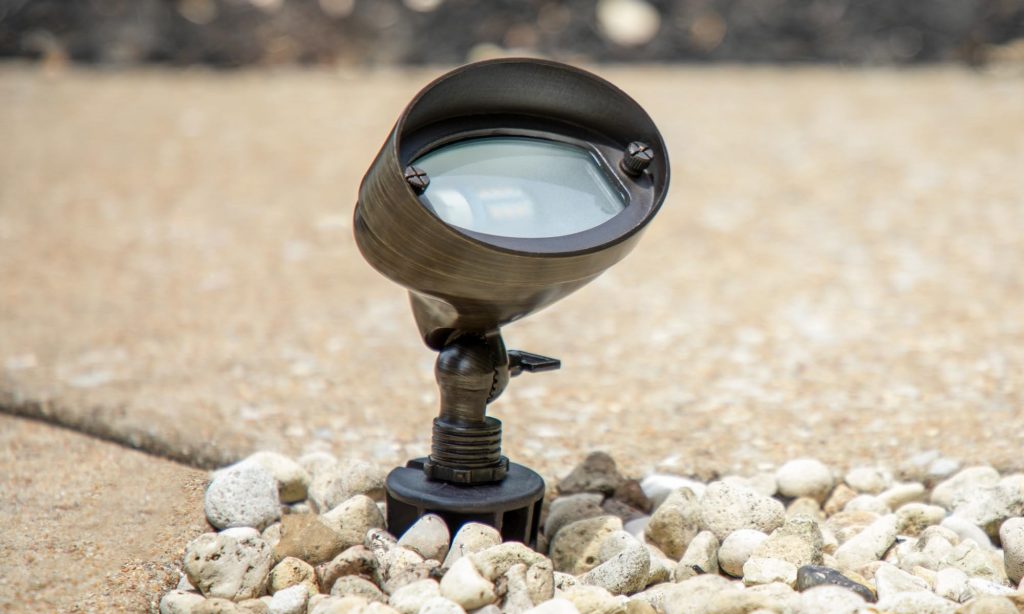
Halogen bulbs were once ubiquitous in landscape lighting but have seen reduced usage over time due to advancements in LED technology. Despite being less energy-efficient than LEDs, halogens produce bright white light that renders colors accurately, making them suitable for spotlights or floodlights.
The historical charm of incandescent bulbs is undeniable: their warm glow adds an old-world ambiance to any setting. However, they pale in comparison to LEDs and halogens in terms of energy efficiency and operational life, which makes them less favored for extensive landscape lighting.
Powering Landscape Lights: Solar, Low-Voltage, Line-Voltage
The lighting journey doesn’t end with choosing the right type and source of light. Powering these lights is equally vital. The three main power sources are solar, low-voltage, and line-voltage.
Solar-powered lights harness energy from the sun during the day to illuminate your outdoor spaces at night. They are easy to install, environmentally friendly, and cost-effective in terms of energy consumption.
Low-voltage systems typically use a transformer to reduce household current from 120 volts to a safer 12 volts. These systems are commonly used in landscape lighting due to their inherent safety benefits, especially around water features or pools.
Line-voltage systems use the same current that powers your home’s appliances (120 volts). This system suits large landscapes demanding intense lighting. It requires more intensive installation involving conduit and electrical wiring but provides brighter lighting over larger areas.
The Science Behind Controlling Landscape Lighting
Understanding Light Intensity and Color Temperature
The cornerstone of landscape lighting control lies in understanding light intensity and color temperature. Light intensity, measured in lumens, refers to the amount of light emitted by a source. It influences visibility and mood setting and can be manipulated to spotlight certain features or create depth perception.
Color temperature, measured in Kelvins (K), represents the perceived color of a light source. Low Kelvin ratings produce warmer colors (yellow/orange), ideal for creating cozy atmospheres, while high Kelvin ratings yield cooler colors (blue/white), best for accentuating architectural details.
The Concept of Directional Lighting
Directional lighting involves manipulating light paths to attain desired effects. There are three main types: downward, upward, and cross-lighting. Downward lighting offers subtlety and reduces glare; it’s ideal for pathways or steps where safety is paramount.
Upward lighting emphasizes height and grandeur; it’s perfect for showcasing towering trees or architectural features. Cross-lighting employs both upward and downward lighting techniques simultaneously to eliminate shadows and provide balanced lighting.
The Role of Shadows and Silhouettes
Shadows impart depth and texture to landscape elements at night, resulting in a moody atmosphere full of intrigue. They can also add an element of security by obscuring certain areas from view. Silhouetting involves projecting light onto a vertical surface behind an object; the resulting darkness outlines the object’s form against the illuminated backdrop.
Planning Your Landscape Lighting Control
Determining your Goals for the Space
The first step in controlling your landscape lighting involves identifying your objectives – whether they involve safety considerations, accentuating architecture or nature’s beauty, or creating inviting outdoor living spaces.
Creating Ambiance for Outdoor Living Spaces
When creating a welcoming ambiance for social areas like patios or decks, soft and warm-toned lights work best. Dimmer controls can allow for adjustable light intensity to match the mood.
Highlighting Architectural or Natural Features
To emphasize your home’s architecture or the beauty of natural elements, strategic placement of lights is essential. Consider using a combination of uplighting, downlighting, and cross-lighting techniques.
Security Considerations
Security-focused lighting seeks to eliminate dark corners that may harbor intruders. Such lighting should be consistent, eliminating blind spots and overlit areas that could serve as hiding places.
Mapping Out your Lights for Optimal Control
Mapping involves plotting out where each light will be placed in relation to landscape elements and paths around your property. This plan will become the blueprint for your landscape lighting system – ensuring balanced illumination while minimizing unnecessary energy use.
Techniques to Control Landscape Lighting
Dimming Controls: Adjusting Intensity
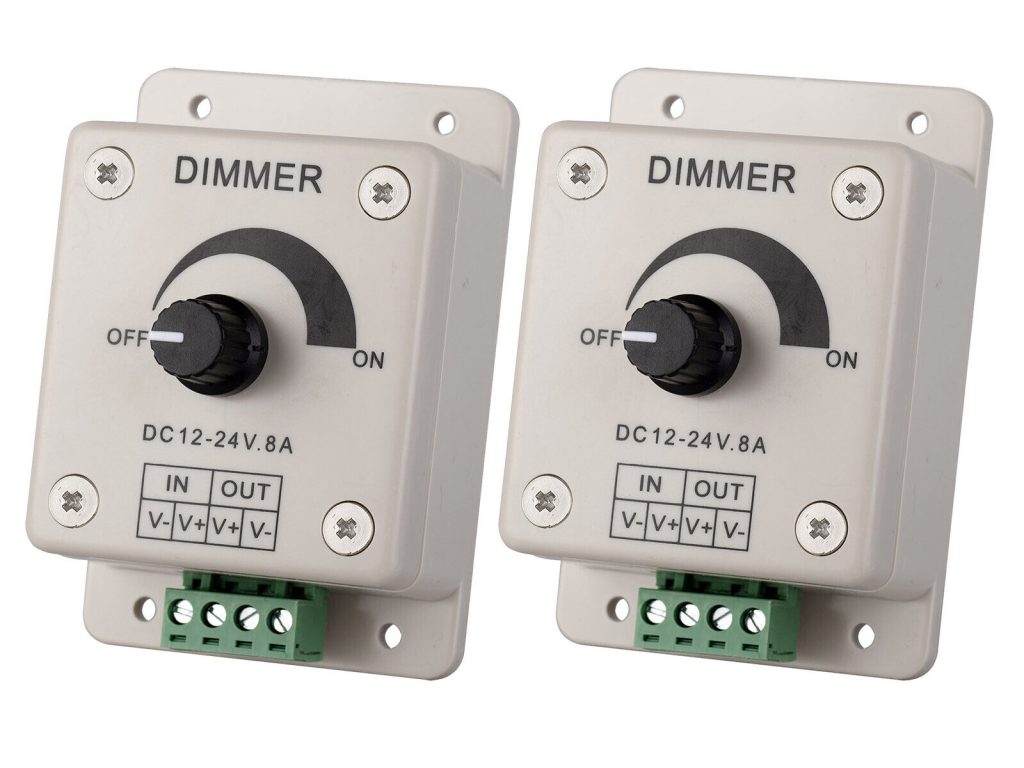
Dimming controls are pivotal in customizing the brightness levels of your lights depending on time, need, or mood.
Motion Sensors: Automating Light Control
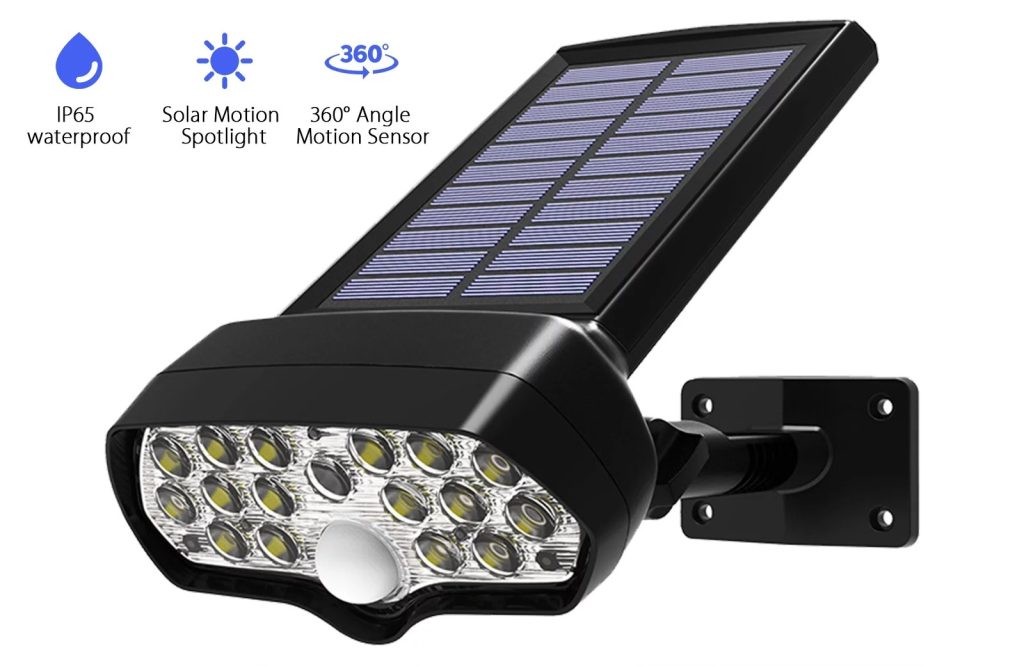
Motion sensors automatically trigger lights when movement is detected within a certain radius; they save energy by ensuring lights are only on when needed.
Timers: Scheduling On/Off Times
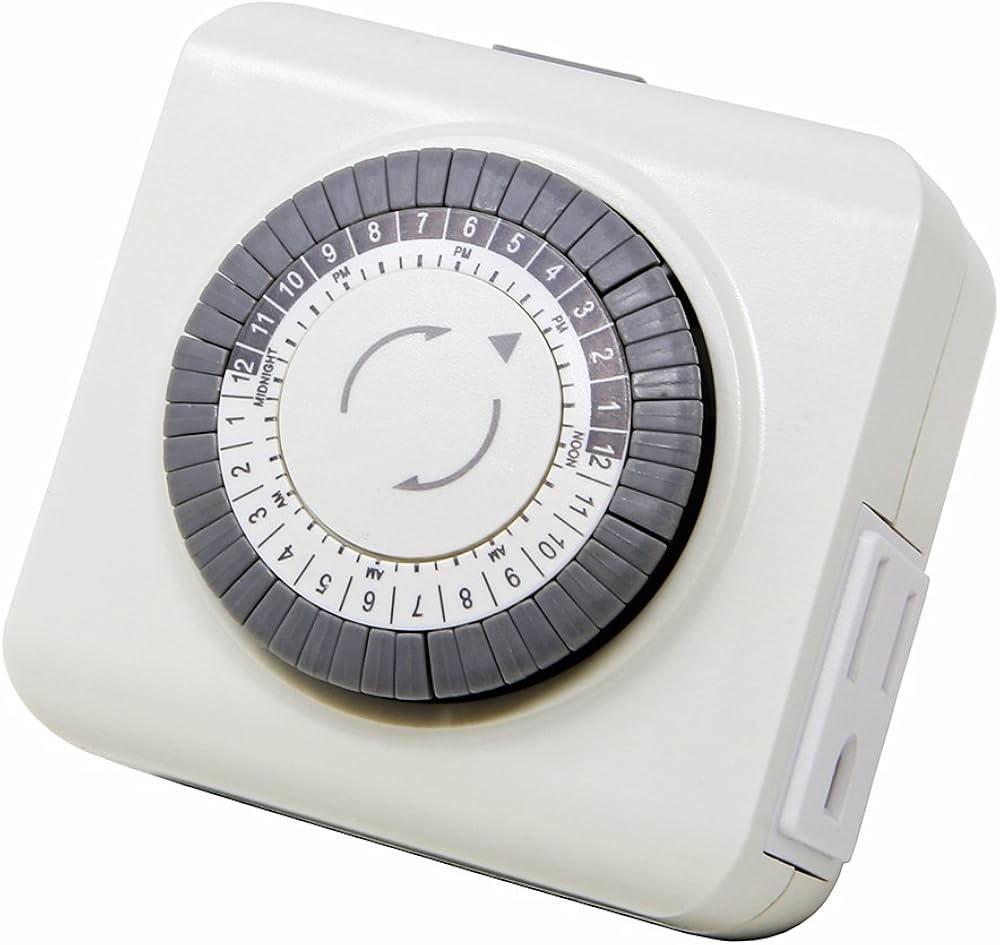
Timers provide automation by turning lights on and off at preset times – perfect for managing daily lighting needs while you’re away from home.
Smart Controls: Using Technology for Customization
Smart control systems employ technologies such as smartphone apps or voice-activated assistants (for example, Alexa) to operate landscape lighting remotely. These systems offer unparalleled customization options.
Implementing Advanced Control Systems
Wireless Control Systems
Wireless systems offer freedom from the constraints of wiring, allowing for easy modifications and expansions of your lighting system.
Integration with Home Automation Systems
By integrating lighting controls with home automation systems, you can manage your landscape lights along with other household functions from a single interface.
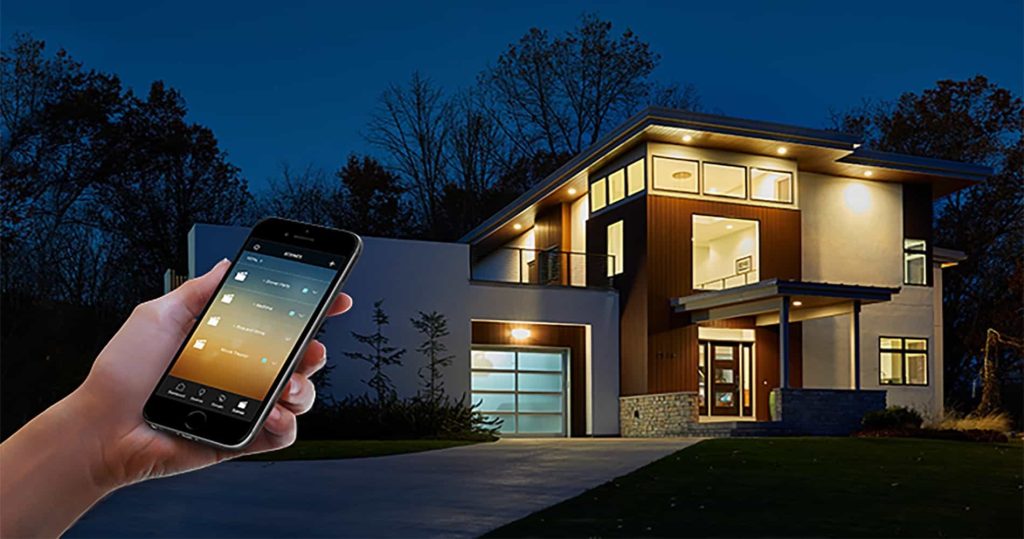
Use of Apps and Remote Access
Apps give you remote access to your lighting controls – allowing you to adjust settings from anywhere in the world.
Maintaining a Controlled Landscape Lighting System
Routine Checks on System Performance
Routine checks ensure all components are functioning optimally – keeping your system running smoothly and efficiently.
Troubleshooting Common Issues
Understanding how to troubleshoot common issues like burnt-out bulbs or faulty timers can save time and money – equipping you with the knowledge needed to keep your system in peak condition.
When to Seek Professional Help
While many issues can be resolved independently, some problems may require professional assistance. It’s vital to recognize these situations to prevent unnecessary damage or safety risks.
Environmental Considerations and Energy Efficiency in Controlling Outdoor Lighting
Efficient outdoor lighting control reduces energy consumption, resulting in lower utility bills and a lessened environmental impact. Through careful planning, automation techniques, selection of energy-efficient light sources, and regular maintenance, you can enjoy a beautifully lit landscape that is environmentally friendly and economical.
Conclusion: How to Control Landscape Lighting?
Effective control over landscape lighting isn’t just about aesthetics – it involves a robust understanding of light properties as well as strategic planning for installation and maintenance. It’s an endeavor that requires patience, creativity, and technical skills – but ultimately rewards homeowners with breathtaking nightscapes brimming with safety and charm.
As we continue to embrace technological advancements, the future undoubtedly holds even more exciting possibilities in landscape lighting control. Enjoy the journey towards creating your luminous oasis!
You may also be interested in the following posts:
